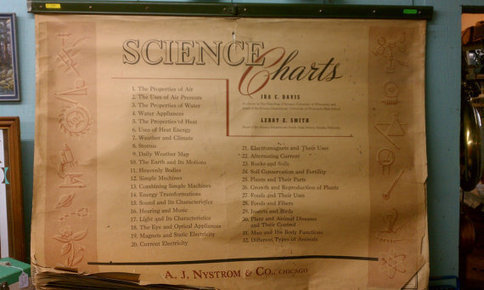Whether your antiquing trips are local or you hit the road to search far and wide, there are a number of antique networks offering maps to help you discover places to haunt & hunt.
 The Minnesota Antique Network, along with sister state sites Illinois Antique Network.com, Iowa Antique Network, Missouri Antique Network, Nebraska Antique Network, & Wisconsin Antique Network (with plans for more states to follow), offers an easy means for you to map out your antiquing destinations. Along with maps, these sites offer a glimpse into the shops themselves, with photos and descriptions of items available, shop news & events, specialties, etc. This offers the collector, decorator, or avid junker the chance to create a travel or shopping plan that is most likely to appeal to your specific interests and tastes. It is especially helpful if they offer shop hours, so you can plan to get their when they are open.
The Minnesota Antique Network, along with sister state sites Illinois Antique Network.com, Iowa Antique Network, Missouri Antique Network, Nebraska Antique Network, & Wisconsin Antique Network (with plans for more states to follow), offers an easy means for you to map out your antiquing destinations. Along with maps, these sites offer a glimpse into the shops themselves, with photos and descriptions of items available, shop news & events, specialties, etc. This offers the collector, decorator, or avid junker the chance to create a travel or shopping plan that is most likely to appeal to your specific interests and tastes. It is especially helpful if they offer shop hours, so you can plan to get their when they are open.
Of course, some state travel sites and local antique dealer associations offer similar help, as do sites such as AntiqueMalls.com. And I Antique Online offers some shopping directories too. But this currently mostly Midwest network of antique shops by state often makes it easier to start. Plus, each of the state sites has a FaceBook Page as well, which is especially nice for connecting to antique shops in your area. (The shops that have FaceBook pages, anyway.)
Since the shops must pay for placement at these sites, it’s a good idea to always ask the antique store staff what other antique shops are nearby as well as grab the other literature found in the shops so that you won’t miss anything.
PS If you prefer antiquing apps, there’s also the Antique Week app; sadly, it’s only currently available for Apple products like iPhones and iPads. Though there are electronic versions of their Shop Guide directories to use with GPS devices such as Garmin & TOMTOM. The aforementioned antique networks organized by state are also working on mobile versions — fingers-crossed that tech comes soon!






























